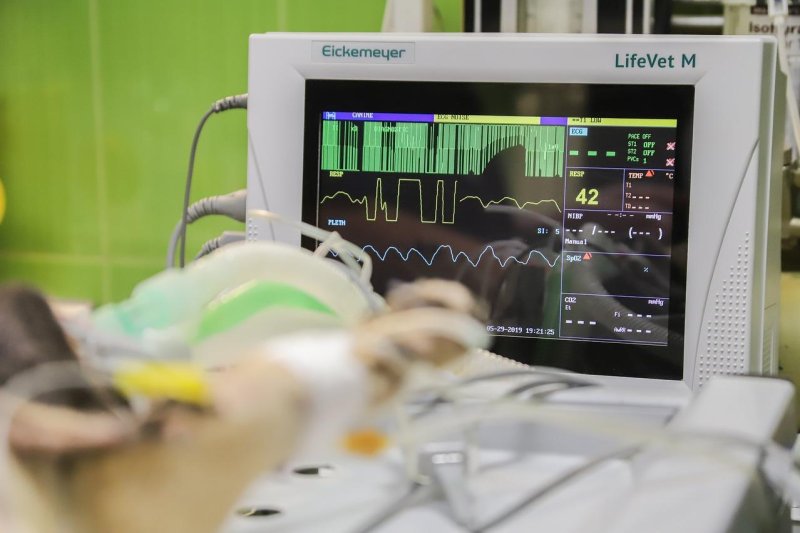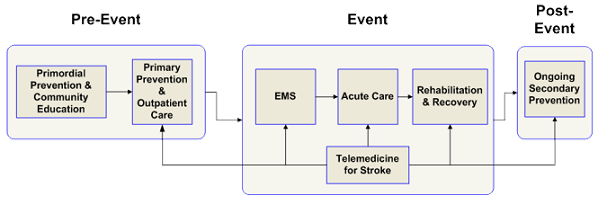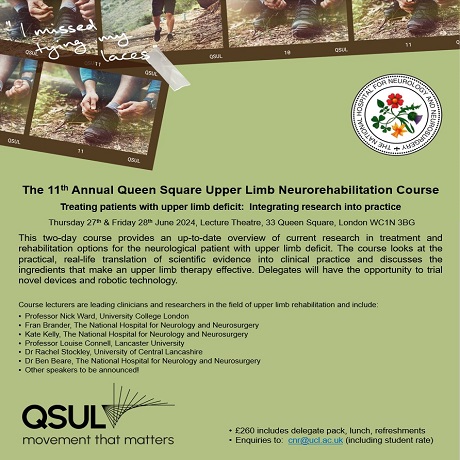With even the minutest functioning brain in stroke leadership, they should easily see that this research needs to be replicated in stroke survivors . But since there is NO leadership in stroke; NOTHING WILL BE DONE!
Treatment Relieves Chronic Lyme Disease’s Neurological Symptoms
Summary: Fibroblast growth factor receptor inhibitors, commonly used in cancer treatment, could effectively reduce neurological symptoms in patients with post-treatment Lyme disease syndrome. The study shows these inhibitors can decrease inflammation and cell death in brain and nerve tissues affected by Lyme disease.
This discovery paves the way for potential treatments aimed at the persistent neuroinflammation seen in some patients after standard antibiotic therapy. With promising initial results, further research is essential to move these findings from the lab to clinical applications.
Key Facts:
- Lyme disease can cause persistent neurological symptoms such as memory loss and fatigue, known as post-treatment Lyme disease syndrome, even after antibiotics.
- The study found that targeting FGFR pathways with specific inhibitors can significantly reduce inflammation and neuronal damage in tissue samples infected with Lyme disease bacteria.
- The research, supported by the Bay Area Lyme Foundation and resources from the Tulane National Primate Research Center, marks a critical step toward developing new interventions for chronic Lyme disease complications.
Source: Tulane University
Tulane University researchers have identified a promising new approach to treating persistent neurological symptoms associated with Lyme disease, offering hope to patients who suffer from long-term effects of the bacterial infection, even after antibiotic treatment.
Their results were published in Frontiers in Immunology.
Lyme disease, caused by the bacterium Borrelia burgdorferi and transmitted through tick bites, can lead to a range of symptoms, including those affecting the central and peripheral nervous systems.
While antibiotics can effectively clear the infection in most cases, a subset of patients continues to experience symptoms such as memory loss, fatigue, and pain—a condition often referred to as post-treatment Lyme disease syndrome.
Principal investigator Geetha Parthasarathy, PhD, an assistant professor of microbiology and immunology at the Tulane National Primate Research Center, has discovered that fibroblast growth factor receptor inhibitors, a type of drug previously studied in the context of cancer, can significantly reduce inflammation and cell death in brain and nerve tissue samples infected with Borrelia burgdorferi.
This discovery suggests that targeting FGFR pathways may offer an exciting new therapeutic approach to addressing persistent neuroinflammation in patients with post-treatment Lyme disease syndrome.
“Our findings open the door to new research approaches that can help us support patients suffering from the lasting effects of Lyme disease,” Parthasarathy said.
“By focusing on the underlying inflammation that contributes to these symptoms, we hope to develop treatments that can improve the quality of life for those affected by this debilitating condition.”
Researchers treated nerve tissue with live or inactivated Borrelia burgdorferi, followed by an application of FGFR inhibitors. Study results revealed a significant reduction in both inflammatory markers and of cell death.
While further research is needed to translate these findings into clinical treatments, the study represents an important step forward in understanding and potentially managing the complex aftermath of Lyme disease.
Funding: This study was funded by the Bay Area Lyme Foundation and supported with resources from the Tulane National Primate Research Center base grant of the National Institutes of Health, P51 OD011104.
About this Lyme disease and neuropharmacology research news
Author: Keith Brannon
Source: Tulane University
Contact: Keith Brannon – Tulane University
Image: The image is credited to Neuroscience News






![author['full_name']](https://clf1.medpagetoday.com/media/images/author/MDePeau-Wilson_188.jpg)